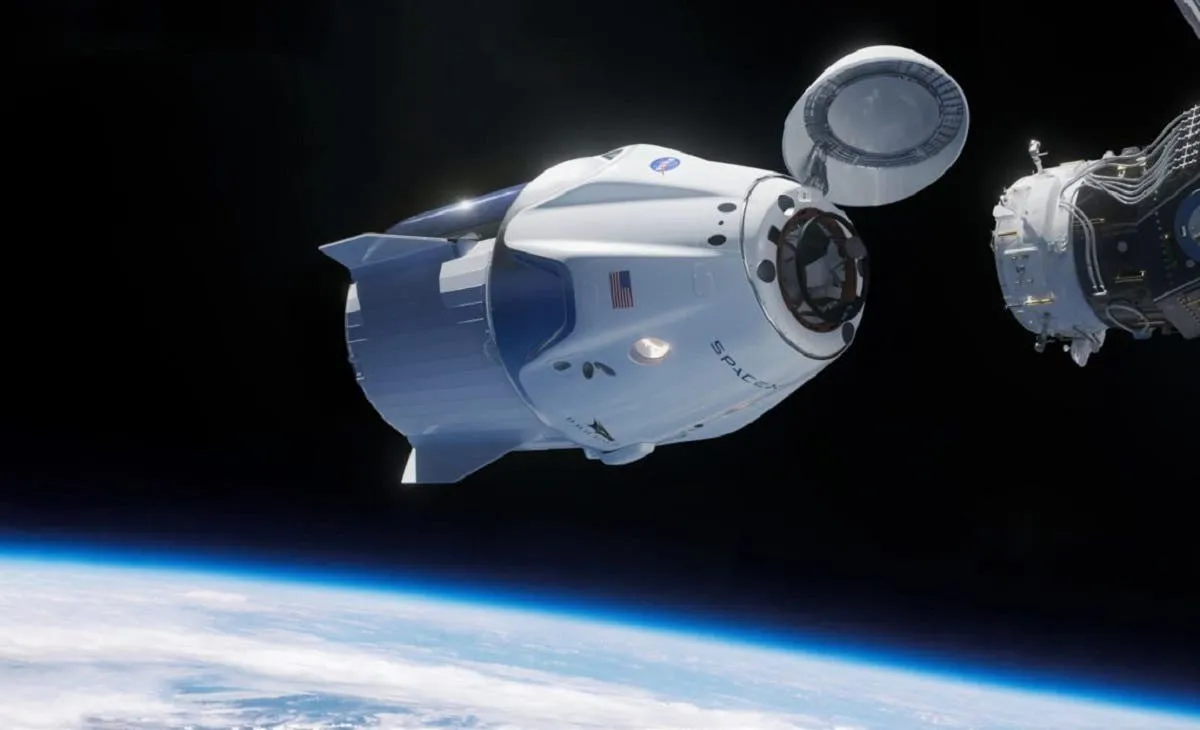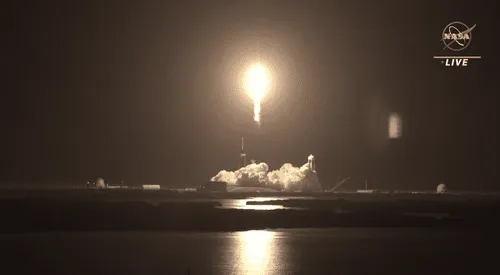By 2035, falling satellites will kill or injure someone every two years, says FAA
TechSunday, 15 October 2023 at 11:58

According to a new report by the U.S. Federal Aviation Administration (FAA), someone could soon be at risk of dying or being injured by a falling satellite every other year. The report, commissioned by the FAA, states that if SpaceX continues to launch satellites as planned, approximately 28,000 pieces of satellite debris will enter the atmosphere every year by 2035. Among them, the probability that the satellite debris will not be completely burned during the fall and cause injury or death to people on the ground is 0.6 per year. This means it would happen once every two years. The report also highlights the increasing risk of falling debris from the rise in launches needed to deploy and sustain large Low Earth Orbit (LEO) constellations.

"Fengyun-4 Weather Satellite"
The report also stated that the debris of the fallen satellite may even pose a threat to aircraft. By 2035, the annual probability of an aircraft being shot down by satellite debris will be 0.0007. In this article, we will discuss the FAA report in detail, including the risks posed by falling satellites, the causes of these risks, and the potential solutions to mitigate them.
Need for the report
The FAA expressed worry about the level of space debris. In recent years, brands such as SpaceX have been launching more satellites into space each year. Experts warn that the rate of these launches could lead to the risk of collisions both in space and on the ground. The report, which aims to assess the risks posed by falling space debris, also suggests some dangers could be reduced through greater regulation.
It further pointed out that, like many problems in space, the world currently lacks global solutions to space debris, new satellites and the dangers these objects may cause.
Elon Musk's SpaceX already has plans to launch a constellation of satellites, which necessitated the need for this report. The company has already launched 5,000 such satellites and plans to significantly increase the number of launches. The FAA report claims that SpaceX accounts for more than 85% of the risk of threats to people on the ground. However, the report did not take into account other satellite networks planned to be launched by other countries.
SpaceX, for its part, said the analysis used to calculate the figure was "seriously flawed". The company claims that it is based on incorrect assumptions about the danger to its satellites. David Goldstein, the company's chief engineer, said in a letter to the FAA that the likelihood of the company's satellites burning up upon entry into the atmosphere is higher than assumed in the report.

Risks Posed by Falling Satellites
The FAA report warns that falling debris from U.S.-licensed constellations in LEO could injure or kill someone every two years. This will only happen if they continue to deploy as planned. The report states that by 2035, the total number of hazardous fragments surviving reentries each year is expected to reach 28,000, and the casualty expectation, the number of individuals on the ground predicted to be injured or killed by debris surviving the reentries of satellites being disposed of these constellations, would be 0.6 per year. This means that one person on the planet would be expected to be injured or killed by falling debris every two years.
Causes of Risks Posed by Falling Satellites
The FAA report highlights the increasing risk of falling debris from the rise in launches needed to deploy and sustain large LEO constellations. The U.S. commercial rockets that launch large constellations typically leave their upper stage in orbit. This usually has more mass than individual satellites. This means that the upper stage is more likely to survive reentry and pose a risk to people. The report also warns that the rapid expansion of SpaceX's Starlink constellation could contribute significantly to the problem. The report states that if the expected large constellation growth is realized and debris from Starlink satellites survives reentry, the casualty expectation would be 0.6 per year by 2035.
Potential Solutions to Mitigate Risks Posed by Falling Satellites
The FAA report suggests several potential solutions to mitigate the risks posed by falling satellites. One solution is to design satellites and launch vehicles to minimize the amount of debris generated during reentry. Another solution is to design satellites and launch vehicles. This is to ensure that they reenter the Earth's atmosphere and burn up completely. The report also suggests that satellite operators should develop and implement end-of-life disposal plans. These should minimize the risk of debris surviving reentry. Additionally, the report recommends that satellite operators should work with the FAA to develop and implement standards. These standards will be for the design and operation of satellites and launch vehicles. The target is to minimize the risk of debris surviving reentry.

Conclusion
The FAA warns about the risk posed by falling satellites if the huge rate of launches continues. It reports that people could soon be at risk of dying or injury by a falling satellite every other year. The report highlights the increasing risk of falling debris from the rise in launches needed to deploy large LEO constellations. It also suggests several potential solutions to mitigate the risks posed by falling satellites. This includes designing satellites and launch vehicles to minimize the amount of debris generated during reentry.
They also have to reenter the Earth's atmosphere and burn up completely. FAA also said the industry should develop and implement end-of-life disposal plans that minimize the risk of debris surviving reentry. Finally, it proposes that there should be standards for the design and operation of satellites and launch vehicles. It is essential to take these risks seriously and implement measures to mitigate them, FAA concludes.
Loading






